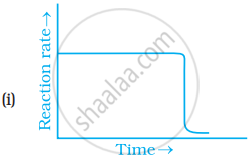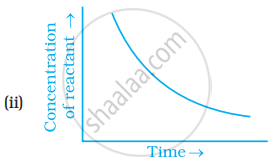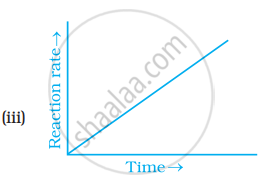Advertisements
Advertisements
प्रश्न
If the initial concentration of substance A is 1.5 M and after 120 seconds the concentration of substance A is 0.75 M, the rate constant for the reaction if it follows zero-order kinetics is ______.
विकल्प
0.00625 molL-1s-1
0.00625 s-1
0.00578 molL-1s-1
0.00578 s-1
उत्तर
If the initial concentration of substance A is 1.5 M and after 120 seconds the concentration of substance A is 0.75 M, the rate constant for the reaction if it follows zero-order kinetics is 0.00625 molL-1s-1.
Explanation:
For Zero order reaction,
k = `(["R"]_0 - ["R"])/"t"`
k = `(1.5 - 0.75)/120`
k = 0.00625 molL-1s-1
APPEARS IN
संबंधित प्रश्न
The decomposition of NH3 on a platinum surface is a zero-order reaction. If the rate constant (k) is 4 x 10-3 ms-1, how long will it take to reduce the initial concentration of NH3 from 0.1 M to 0.064 M?
Derive integrated rate law for a zero-order reaction \[\ce{A -> Product}\].
At high pressure the following reaction is zero order.
\[\ce{2NH3(g) ->[1130 K][Platinum catalyst] N2(g) + 3H2(g)}\]
Which of the following options are correct for this reaction?
(i) Rate of reaction = Rate constant.
(ii) Rate of the reaction depends on concentration of ammonia.
(iii) Rate of decomposition of ammonia will remain constant until ammonia disappears completely.
(iv) Further increase in pressure will change the rate of reaction.
Which of the following graphs is correct for a zero order reaction?




Derive an expression to calculate time required for completion of zero order reaction.
For a zero order reaction will the molecularity be equal to zero? Explain.
A solution with initial concentration of a mol dm-3 follow zero order kinetic. The time taken for the completion of reaction is
The slope in the plot of [R] Vs. time for a zero-order reaction is ______.
What is zeroth order reaction? Derive its integrated rate Law. What are the units of rate constant?
Derive the expression for integrated rate law for zero order reaction A → Products.
